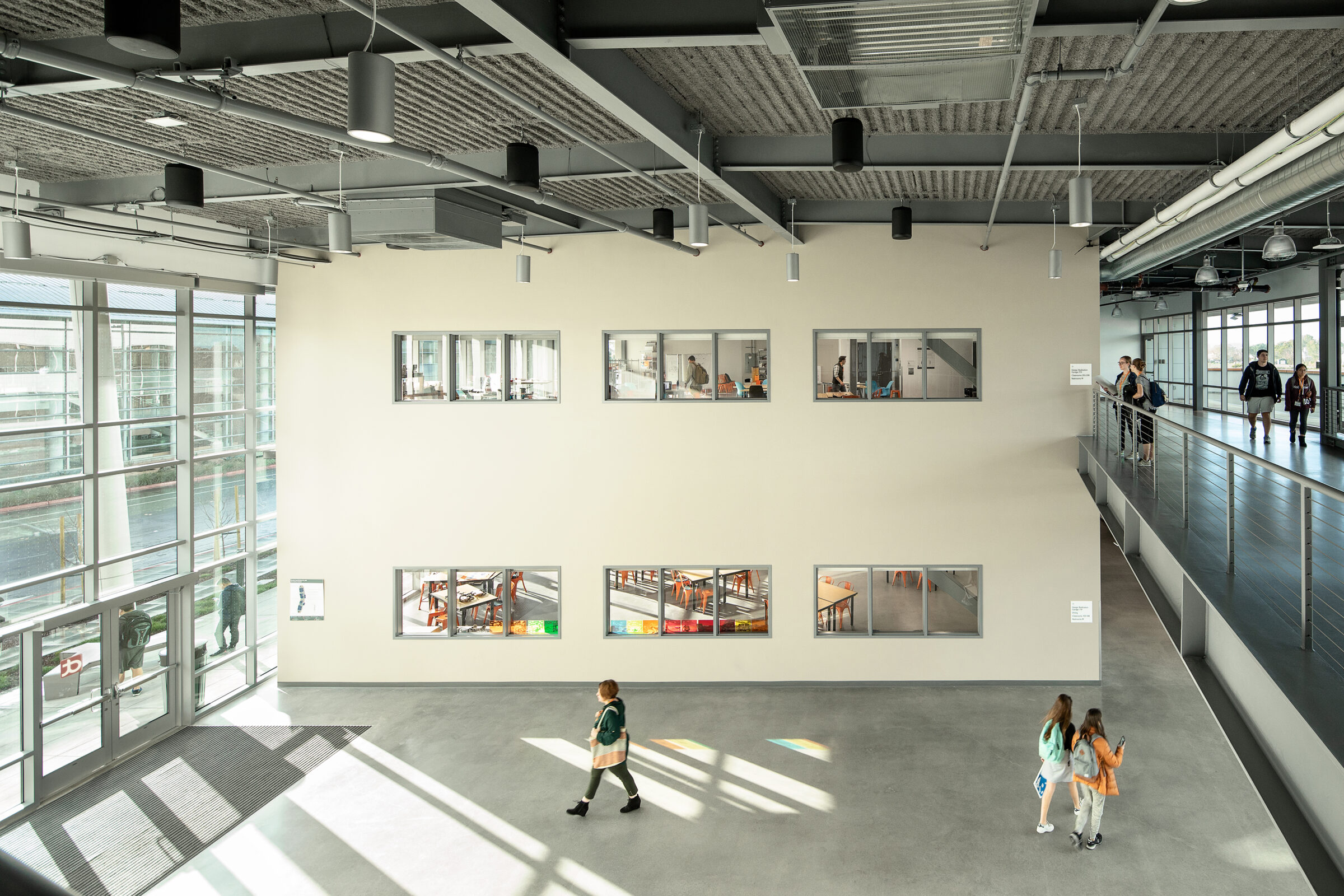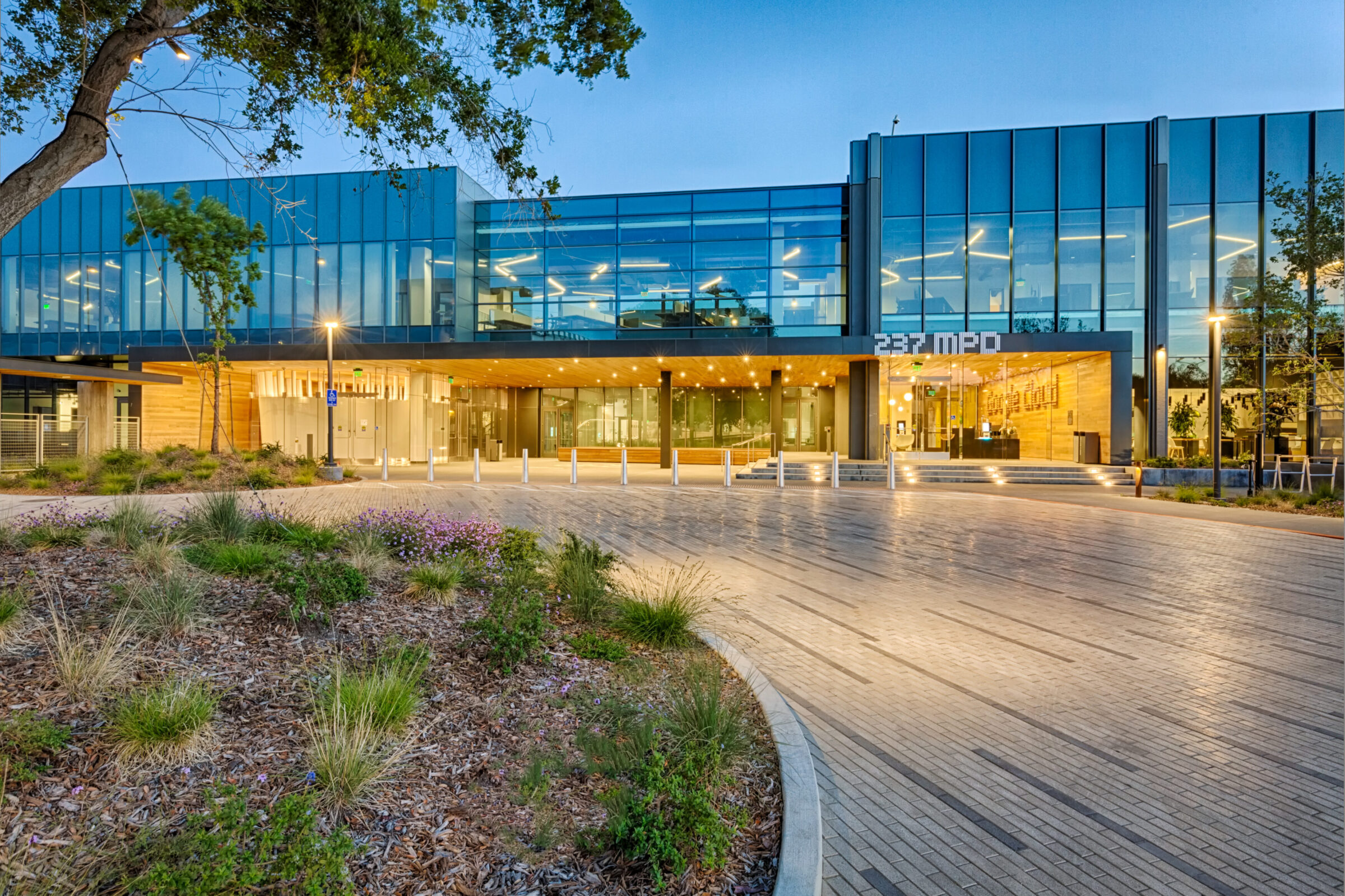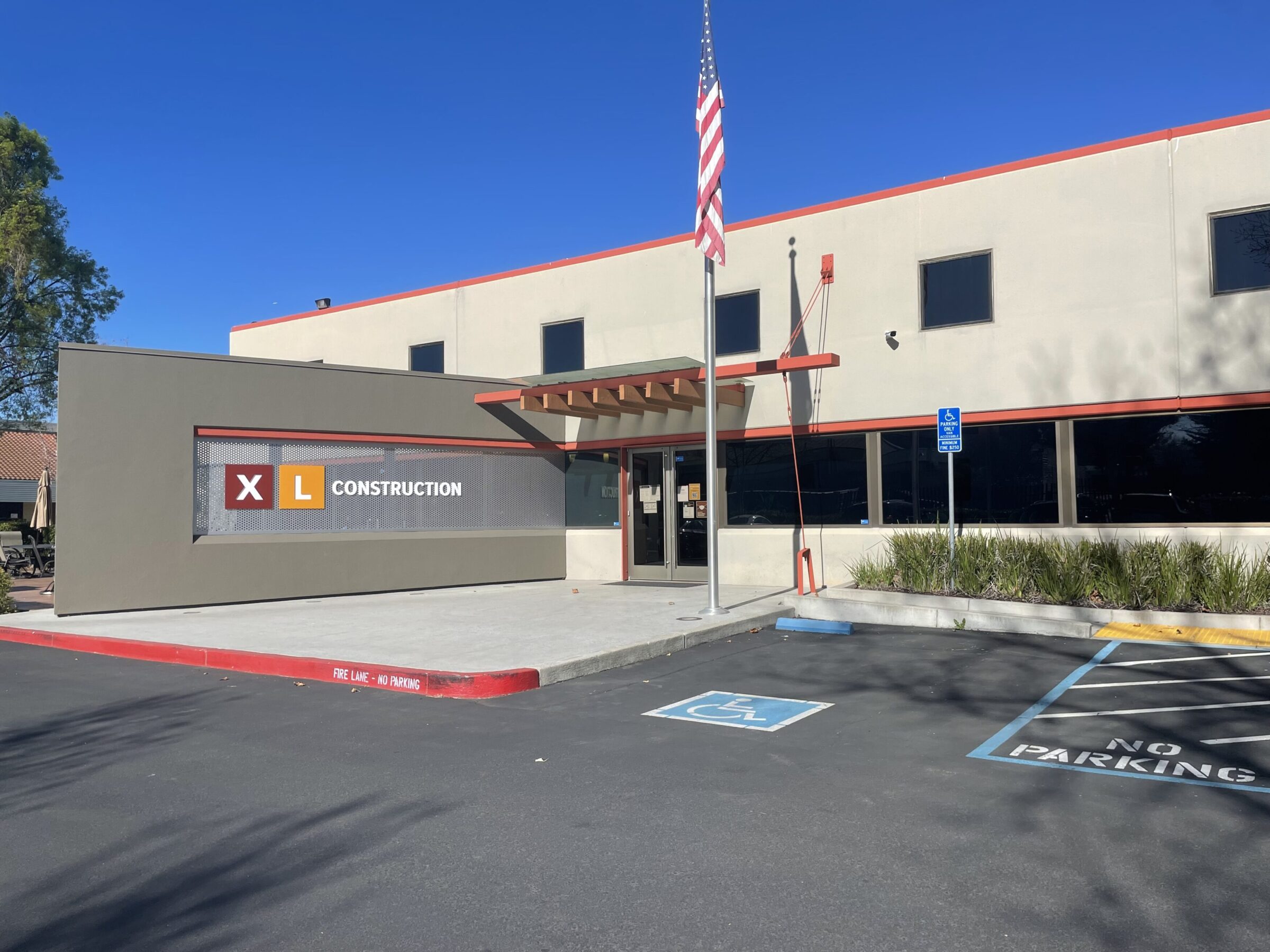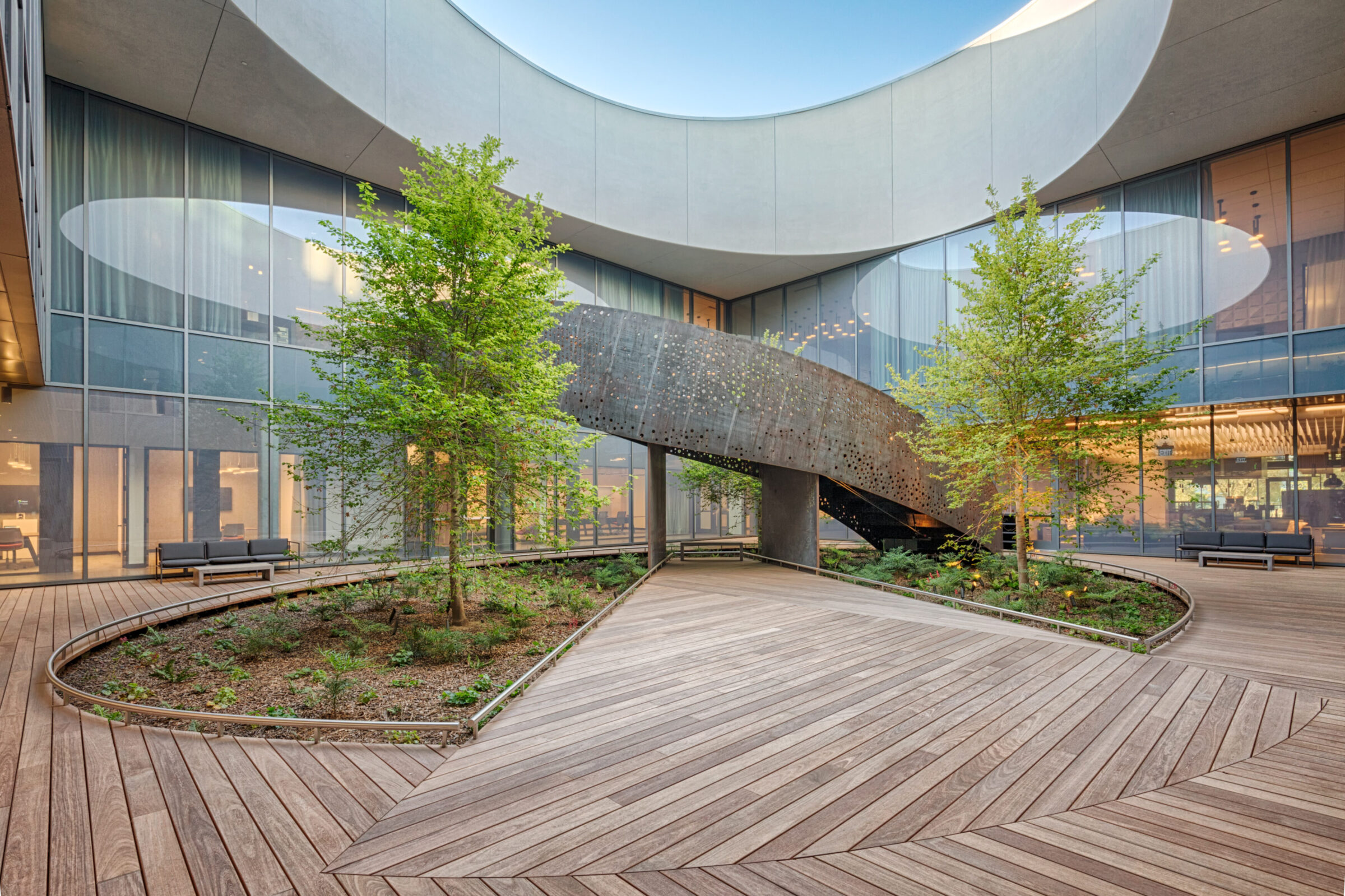A Leadership Conversation with The Registry
One of Bay Area’s Most Notable Contractors, XL Construction, to Usher in New Era With Leadership Change
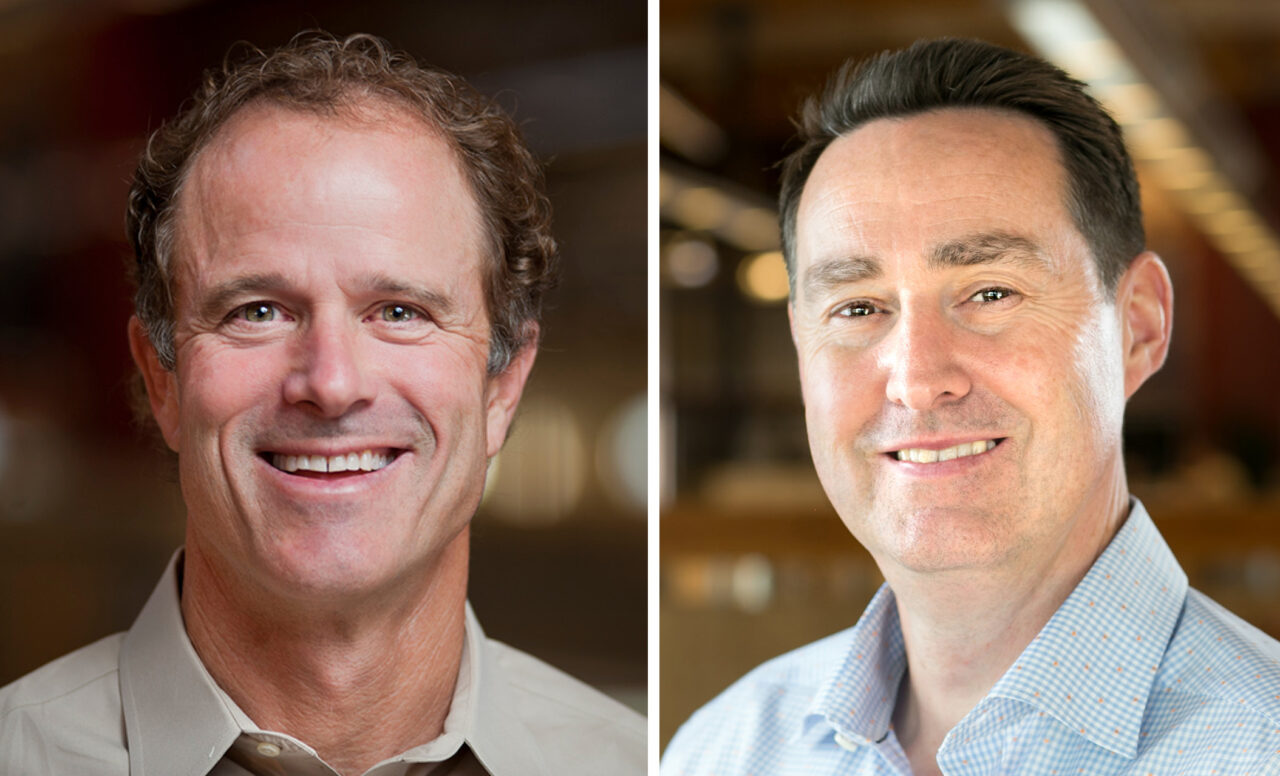
After nearly 30 years of business and exponential growth, Northern California’s XL Construction is gearing up for a change in leadership. The company, which over the years has expanded its portfolio to include a myriad of product types and clients from PAMF to Kaiser to UCSF, announced this fall that President Richard Walker will replace Co-Founder and CEO Eric Raff. The Registry spoke with both Raff and Walker about the history of the company, the ongoing transition, and the construction industry.
Please tell The Registry a little bit about XL Construction. How have you seen the firm evolve over the course of your tenure there? What specific aspects of the firm have allowed it to be successful over the years?
RW: Two things stand out the most for me. First, the mix of projects we undertake has expanded in both type and size. Our healthcare and education groups were new when I started at the company, and they have both since become well-established. Likewise, our civic team, which was formed just three years ago, has enjoyed great success based on our ability to create new relationships. The markets we have been in the longest – life science, advanced technology and corporate office – have also done very well. As for the evolution of the size of the projects we work on—the largest project we had under construction was around $40 million seven years ago; today that figure is over $500 million.
The second major change has to do with the resources we commit to developing our people. The breadth of training we offer has expanded greatly. We have numerous courses covering soft skills and technical skills, including a series focused on self-awareness and interpersonal communication skills. Internal and external coaching is also part of our program. Right now, we are in the process of building an even more formal structure around our employee development programs, with the goal of better enabling our team members to drive their professional growth and to create clear paths for career advancement so we can continue to successfully promote from within.
ER: We evolved from a small, scrappy startup with just a few people to an award-winning regional contractor with nearly 700 employees. This evolution certainly didn’t happen overnight. It came through a series of deliberate, incremental steps and we faced many challenges along the way. Over the years, we saw a pattern emerge that consisted of periods of rapid growth followed by periods of leveling off. This pattern enabled us to periodically “gather ourselves” and make adjustments as necessary to ensure that we continued to deliver on our promises and commitments to our customers. A close-up view of our growth chart shows this stair-step pattern. From a higher level and more broad perspective, it shows steady growth over the nearly 30-year history of the company.
What specific aspects of the firm have allowed it to be successful over the years?
ER: I believe it all comes down to our special culture that is rooted in our purpose and core values.
Many years ago, through a process of discovery, we identified that building projects that improved lives—such as laboratories and research facilities that develop important therapies, and schools that educate and prepare our children—were what really inspired and motivated our team. This included me and co-founder Dave Beck.
Since then, we have come to recognize that our purpose to “Build to Improve Lives” applies to more than the projects we build. It also refers to what we strive to do in our communities and for our industry partners and employees. Our core values “We Not Me,” “Be True,” and “Go Beyond” are simple but meaningful statements that articulate how our staff thinks and acts on our job sites and in our offices every day. Together, our purpose and values reflect the culture that exists in our company and an environment where people can be themselves, grow and thrive. As a result, we’re very proud to have been recognized for many years as a “best place to work.”
Why is now the right time for a leadership transition?
ER: This move is part of an ongoing transition that has been taking place at XL over the last several years and supports a core element of the company’s 10-year vision to provide ongoing growth and leadership development opportunities for its employees. This change is a catalyst for that organizational development to happen. After nearly 30 years, it’s the right time for me to shift to an advisory role in XL and allow the next generation of leaders to take over both strategic and day-to-day management to build an enduring company positioned well for the next 30 years.
RW: Eric wants to take on a different role after 30 years of being at the helm, and we are prepared to make that happen. He and I have worked closely as partners along with the senior leadership team to develop the company’s vision and direction, so the transition is not an abrupt change as people have seen me fulfilling many of the functions of the role already. This is exactly how we want all future successions to take place.
Eric, from your perspective, why was Richard the best choice for CEO?
ER: I believe Richard is the best choice for CEO for several reasons. He is deeply committed to our company’s purpose—We Build to Improve Lives. In fact, it was one of the things that drew him to XL in the first place, and it connected us in a deep way. This purpose always guides his thinking and decision-making.
In addition, he is probably the most strategically oriented person I know. He listens to others, and his thinking and idea generation are unconstrained. He’s able to develop and paint a picture of the future that can inspire others. Lastly, he has the innate courage to do what is right even when that choice is hard or unpopular.
Richard, how have your past experiences at XL Construction and within the wider industry prepared you for this role? Are there any specific events/moments that come to mind? What part of the role are you most excited for? Why?
RW: I have had a series of great mentors throughout my career, including Eric. They all tasked me with challenging assignments that helped me grow both professionally and personally. Most importantly, they all stressed the need to focus on supporting and developing our team members and caring deeply about our clients and partners. Eric is extremely thoughtful and drove home the value of being focused on what matters most. As Murray Bawden, the former chairman of Howard S. Wright, often said – “put the people before profit and the profit will follow.” I believe this applies internally and externally.”
What is XL Construction’s growth strategy in the coming years? How does the leadership transition fit into these plans?
ER: We are updating our 10-year vision over this next year, which will be a highly collaborative process engaging staff throughout the organization, as well as our clients and other external partners. Out of that effort will come the strategy map—a map created by our future leaders—for our growth going forward. Essential to our plans will be continued growth while retaining our market position and special culture.
It’s ideal to have our new leadership in place during this period of long-term planning and goal-setting.
RW: The underlying premise of our growth has been, and will remain, to provide opportunities to our team members. We are not chasing revenue. We are focusing our energies on developing strong builders who believe in our purpose and core values. Doing this well results in organic growth. This approach informs our succession planning and our vision of being an enduring company. This leadership transition, like all others to come, is part of that organic process.
What are the biggest challenges that a company such as XL Construction faces when undergoing a leadership transition? How is the firm tackling these hurdles?
RW: The biggest challenge is ensuring that transitions are not abrupt and are consistent with the company’s overall vision. You need to ensure the successor not only has the technical skills necessary for the role but also lives by the company’s purpose and core values. We do this by having people gradually assume a role over time and/or putting the person exiting the role in a position to provide ongoing mentorship. This is important at every level, but particularly critical for senior leaders.
ER: I am a big believer that, for a successful company, small incremental changes are much better than large disruptive ones. Big changes can be unstable for a business in a variety of ways. Through thorough planning and by taking small steps over the last few years, we hope to avoid any unnecessary disruption. This leadership transition wasn’t a big surprise to our employees or industry partners because Richard became president and took on many of my prior responsibilities two years ago. His transition to CEO is the next, natural step.
How do you see the construction and commercial real estate sectors evolving in the coming years? Why?
RW: There will be a lot of change over the next five to 10 years. There are several drivers, the two most important being the demand for talent and focus on cost competitiveness. There are not enough new workers entering the construction industry to replace those retiring, so the need for additional workers is urgent. This demand will increase wages, which, combined with increases in other input prices, will increase the pressure to find ways to build more cost effectively. At the same time, an increasing number of venture capitalists have identified construction and real estate as ripe for disruption. Those forward-thinking construction companies that focus on developing people and working with designers and trade partners to drive costs down will outperform those not taking these measures.
ER: There will be a shift in how some buildings are designed and used – the most obvious being commercial office space as we come out of the COVID-19 pandemic. While the amount of traditional office space may be reduced, the need for company workspace will not go away as people will still need to interact in person to some extent to feel connected and engaged, learn informally, and to feel a part of something larger.
The emergence of new technologies will also shape the industry in the coming years. There is a significant amount of venture investment pouring into the AEC industry right now that is driving change. New tools, software, and products are becoming available that will make an enormous difference in productivity and other ways presently unknown to us.
Labor shortages are also a concern due to current demographics and not enough people entering the workforce to replace those retiring. This is a significant challenge that the industry will be forced to reckon with in the coming years.
Source: The Registry
Keep up to date with our latest news and industry insights.
